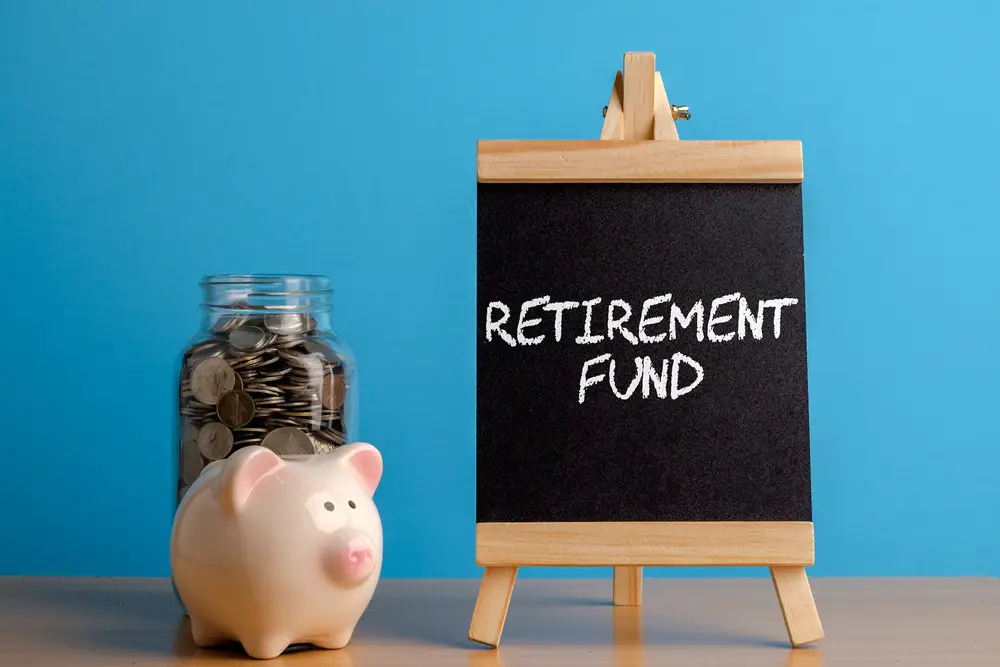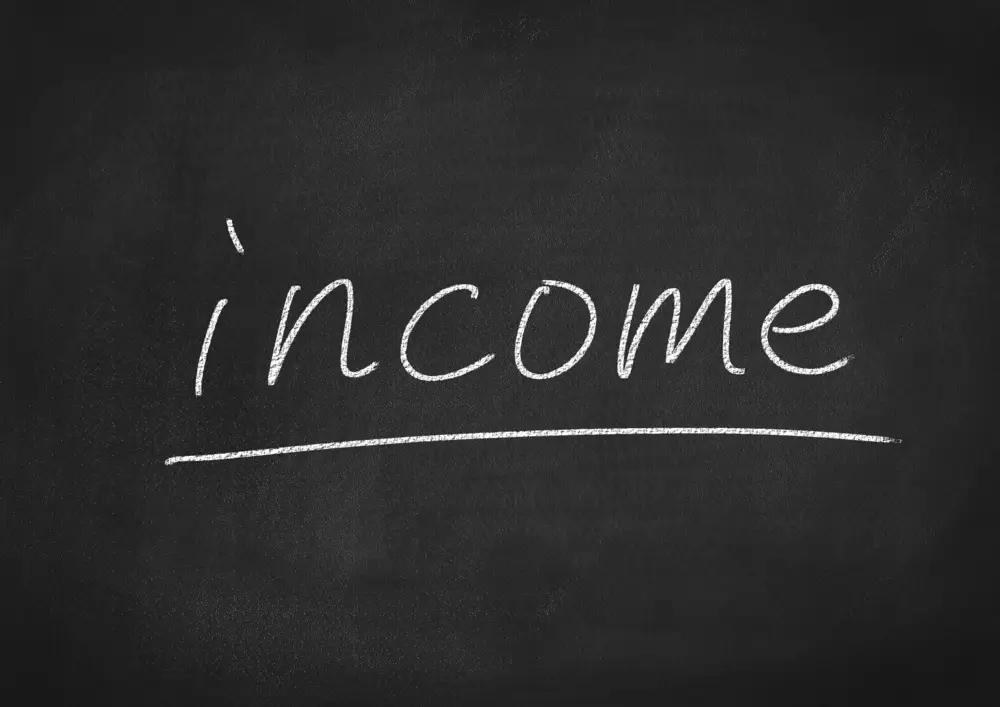Best Ways to Save for Retirement: A Comprehensive Guide
Though it’s among the most difficult financial decisions you ever make, planning for retirement is among the most crucial. Having a strong savings plan will help you to have financial stability in your later years, regardless of your level of professional experience or approaching retirement age. This book will go over the best ways to save for retirement and offer doable actions to help you meet your objectives.
Why Saving for Retirement is Crucial
Although retirement seems far off, the earlier you start to plan, the more financially secure you will be down road. A U.S. Federal Reserve study indicates that about 25% of Americans in their working years have absolutely no retirement savings at all. Many people put off saving either from ignorance or just the demands of daily life expenses. Starting early and using sensible savings techniques will, however, help you to avoid running out of money and enable you to keep your preferred lifestyle in retirement.
Unexpected medical bills, inflation, and changes in life events are typical difficulties in saving for retirement. Understanding your retirement needs, choosing appropriate investment vehicles, automating savings, and portfolio diversification will help you to get beyond these challenges. We will walk you through every one of these key techniques in this article.

Understand Your Retirement Needs
Before you begin saving, it’s important to understand how much money you will need in retirement. Your retirement needs are influenced by several factors:
Assess Your Retirement Goals
Your savings approach should be directed by your retirement objectives. Do you want to travel, live in a posh retirement community, or just have enough for your regular costs? Think about the way you want to live, then project how much money you will need to get there.
Factors Affecting Retirement Needs
Several elements could affect the amount you should save:
- Lifestyle: In retirement, will you wish to downsize or keep your present way of life?
- Healthcare: As you get older, medical expenses usually rise; so, budget for these.
- Location: Where you retire determines greatly the cost of living..
Finding out how much you need to save can be done with a retirement savings calculator. To keep your quality of life, financial advisors advise trying to replace between 70% and 90% of your pre-retirement income.
Create a Solid Retirement Plan
A clearly defined and unambiguous retirement plan will guarantee that you satisfy your financial objectives. Your idea should consider:
Setting Long-Term Financial Goals
Create specified, quantifiable, reasonable, realistic, and time-bound (SMART) goals first. Find out how much you want saved by the time you retire. Think about your predicted inflation rates, intended retirement age, and desired monthly retirement income.
Estimate Retirement Expenses
Your retirement planning calls for careful consideration of both regular expenses and unanticipated costs. These could cover house expenses, medical bills, and any debt due to be paid off. Estimating these expenses can be accomplished with a thorough financial projection.
Explore Retirement Accounts and Investment Options
There are many ways to save for retirement; your savings will be much affected by the vehicles you choose.
401(k) and Employer-Sponsored Retirement Plans
One of the most often used methods of saving for retirement is **401(k)** supported by employers. These plans let you avoid paying taxes on the money you contribute until you withdraw it, therefore allowing tax-deferred growth. Employers might also match a fraction of your contributions, giving you “free money.”
Individual Retirement Accounts (IRAs)
Two further tax-advantaged retirement accounts are IRAs, both Traditional and Roth versions. While Roth IRAs enable you receive your money tax-free in retirement, traditional IRAs let you write your contributions from your taxable income off your taxes.
Tax-Advantaged Accounts
If you work for yourself, a SEP IRA could be quite beneficial. Triple tax benefits abound from using a Health Savings Account (HSA) for retirement medical costs.
Knowing the advantages and drawbacks of every kind of account, together with tax advantages and contribution restrictions, will enable you to decide which one or several to utilize for your retirement funds.

Automate Your Savings for Consistency
Automating your contributions can help you to guarantee that you save regularly for retirement.
- Setting Up Automatic Contributions: You guarantee savings before you have the chance to spend by arranging automatic transfers from your bank account or pay stub to your retirement account. Building long-term wealth mostly depends on consistency; automation helps avoid missed contributions.
- Benefit of Dollar-Cost Averaging: Dollar-cost averaging is regardless of market conditions investing a set amount of money at regular periods. This approach guarantees that you are always investing throughout your retirement saving path and helps lower the effect of market volatility.
Diversify Your Retirement Portfolio
A diverse investment plan guarantees steady development in your retirement account and helps to balance risk.
- Asset Allocation Strategies: Spread your money throughout several asset classes—stocks, bonds, real estate, even alternative investments—to lower risk and raise possible profits. Your risk tolerance and time horizon will determine how best to allocate assets.
- Risk Tolerance: You should evaluate your risk tolerance when you design your portfolio. If you are younger, you might tilt more toward stocks because of their better growth possibilities. To protect your funds as you get ready for retirement, though, you will probably want to move toward safer, more steady investments.
Consider Real Estate for Retirement
By offering passive income and portfolio diversification, real estate can be rather important in your retirement plan.
- Investing in Real Estate for Passive Income: Having rental properties can help you create wealth and produce regular income. Apart from your other sources of retirement income, rental income can help to offset inflation and augment them.
- Downsizing Your Home: Selling a big house and downsizing can help many retirees liberate a lot of equity. You might use this money to pay living expenses or reinvest it into your retirement savings.

Pay Down High-Interest Debt
Paying off high-interest debt is one of the most crucial actions you can do to get your financial condition better before retirement.
- Impact of Debt on Retirement Savings: Like credit card balances, high-interest debt can rapidly deplete your savings because of the large interest payments. Your retirement strategy should revolve mostly on paying off this kind of debt.
- Debt Repayment Strategies: The debt avalanche approach and the debt snowball method are the two primary debt-fighting techniques. While the avalanche approach concentrates on high-interest debt, the snowball approach stresses paying off the smallest debt first. Both approaches can enable you save more for retirement and eliminate debt more quickly.
Maximize Social Security Benefits
Social Security is often a significant portion of retirement income for many individuals.
- Understanding Social Security: Although you can begin receiving Social Security payments as early as age 62, your monthly benefit will increase with increasing waiting time. To maximize your benefits, think about starting Social Security withdrawals either at your full retirement age or perhaps even at age 70.
- When to Claim Social Security: Your unique situation—including your health and other sources of retirement income—will determine the optimal moment to begin collecting Social Security benefits. Dealing with a financial expert will enable you to ascertain the ideal age to start collecting your benefits.
Monitor and Adjust Your Savings Plan Regularly
A retirement plan calls for constant attention and changes; it is not a “set it and forget it” method.
- Importance of Reviewing Your Retirement Plan: Market circumstances fluctuate, life changes, and you might have to modify your retirement funds to keep on target. Reviewing your plan often can help you to keep in line with your objectives.
- Rebalancing Your Portfolio: Market swings over time could cause your portfolio’s asset allocation to tilt. Frequent portfolio rebalancing guarantees that your investments still match your intended risk profile and retirement schedule.

Consult a Financial Advisor
Although the above mentioned techniques can help you create a solid basis for retirement planning, working with a financial advisor will offer customized recommendations and maximize your plan.
- When to Seek Professional Advice: Based on your objectives and risk tolerance, financial advisers can assist you to design a unique retirement plan. They may also assist you negotiate difficult tax plans and investment choices that might be difficult for you to oversee on your own.
Conclusion: Start Planning for Your Retirement Today
Although the process of saving for retirement is unique, the techniques presented in this book will enable you to take charge of your financial future. Starting early increases the time your money has to grow. Start with a well-defined strategy, automate your saves, diversify your investments, and keep a constant eye on things.



